Top Factors to Consider for Cost-Effective House Roofing Repair in 2024
When dealing with house roofing needs for extensive repairs, small leaks, or determining the right material for your entire roof replacement, it's essential to pick durable materials, budget-friendly repair approaches, and choose reliable experts. This guide simplifies the process, providing insights into the best materials, and how to weigh repair versus replacement costs, and shares advice for choosing the right contractor. Equip yourself with the knowledge needed to confidently hire a roofer and make informed decisions about the materials and labor required.
Key Takeaways
A wide range of roofing materials, including asphalt shingles, metal, and slate or tile, offer different balances of cost, durability, and aesthetic appeal, with each having unique advantages catered to specific climatic challenges and budgetary needs.
Roof repairs vary significantly in cost based on the scale of repair needed—minor fixes are generally cost-effective, major repairs are necessary for extensive damage, and full replacements, though costly, can be crucial for ensuring the long-term integrity of a home.
Regular roof maintenance, including routine inspections (we do them for free!) and timely repairs, can prevent minor issues from escalating into major damages, ultimately saving homeowners time and money by extending the lifespan of their roofing. In short, do it now correctly so it doesn't hurt (cost) more later.
Determining the Right Roofing Material for Your Home
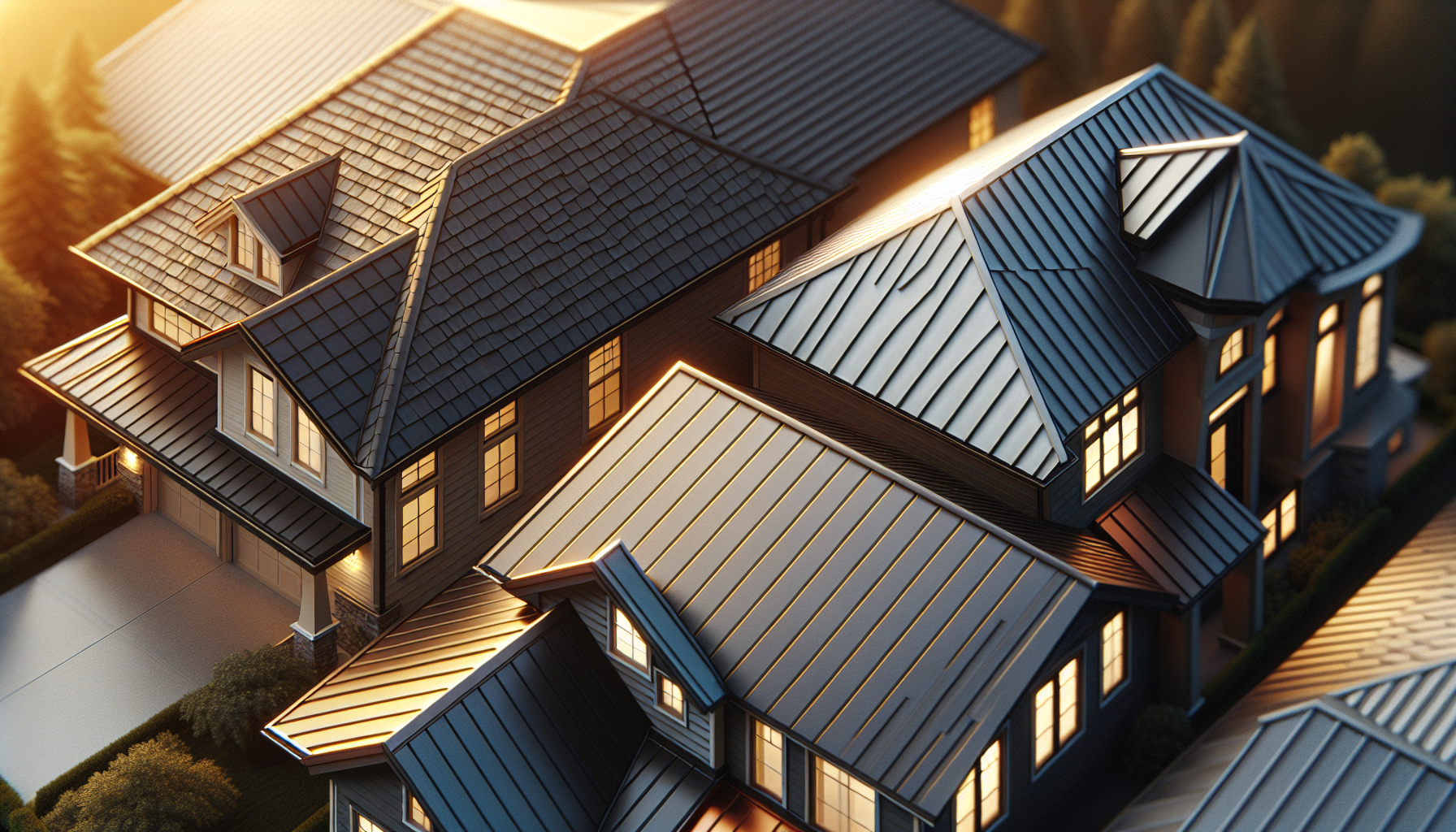
Determining the best roofing material for your home is not just about its visual appeal. It's a decision that must take into account the summer heat, the heavy winter snowfall, the rain, and the fierce sunlight (damaging UV rays), all while being mindful of your budgetary constraints.
Consideration of your home's structural strength to support different materials, along with your preference in style and financial limits will steer you toward a selection. Making such a decision ensures that your home will be well-protected while maintaining your preferred curb appeal through many seasons to come.
Asphalt Shingles: Popular and Affordable
Asphalt shingle roofs are the pinnacle among roofing materials, prized for their cost-effectiveness and dependability. It's our #1 choice for Idaho Roofs when looking at cost vs. value. They offer most homeowners a reassuring balance between affordability and ease of installation (lower labor costs). These roofs boast durability that can last 25-35 years, securing their position as a widespread choice across countless homes.
Despite being kind to one’s budget, it is important to note that these shingles don’t always stand strong against the more extreme temperaments of Mother Nature. Also, note there is a wide range of quality. We highly recommend using Owens Corning Products, specifically the Duration shingle.
Metal Roofs: Durable and Weather-Resistant
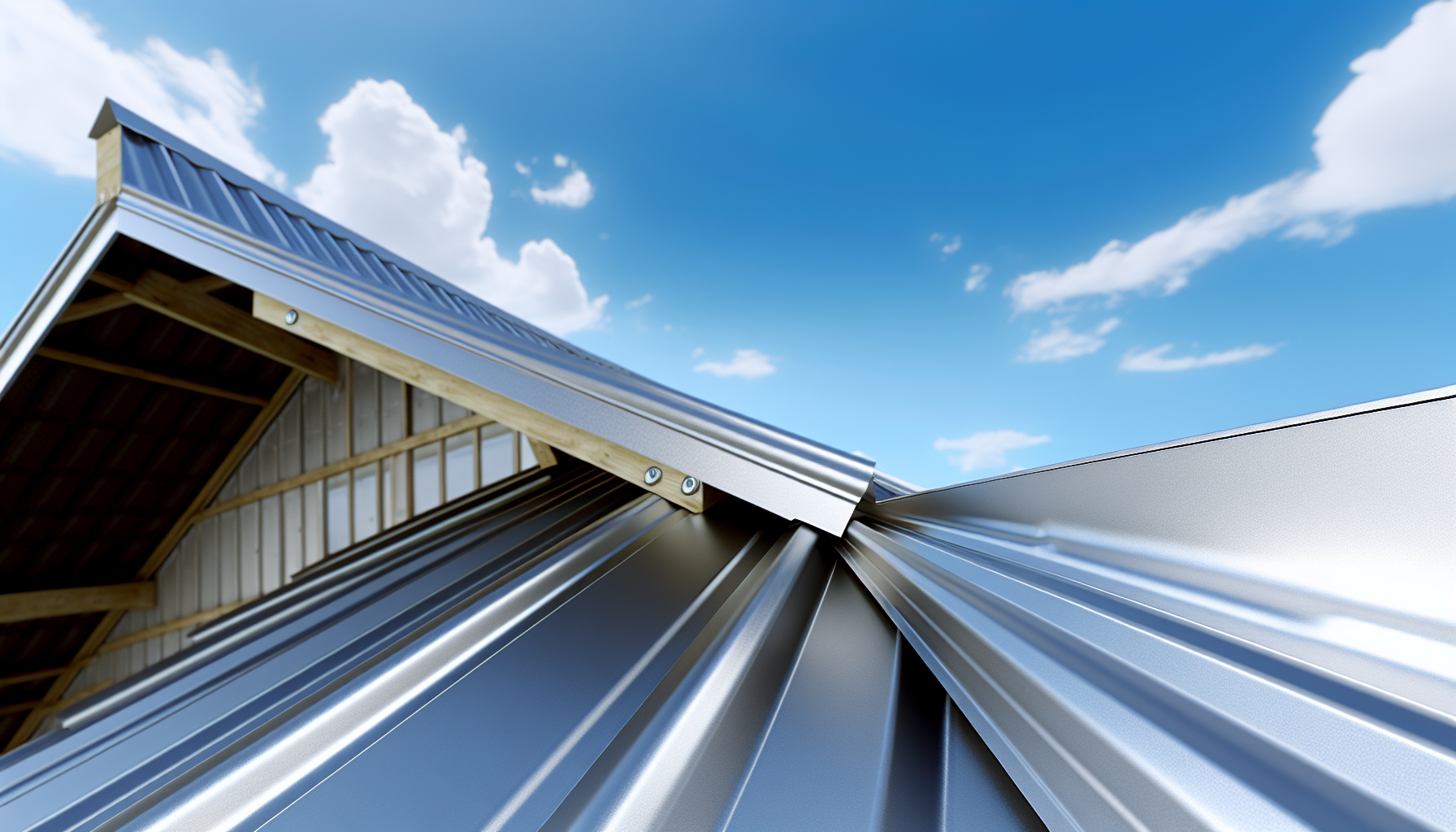
The robust metal roof acts as a steadfast protector, easily withstanding the onslaught of snow that cities like Cascade, Donnely and McCall get in the winter. Its longevity is noteworthy, often outlasting numerous decades and serving multiple generations – truly an investment that assures tranquility. That said, you're looking at twice or three times the cost of a shingle roof, depending on your roof.
Slate and Tile Roofs: Longevity and Aesthetic Appeal
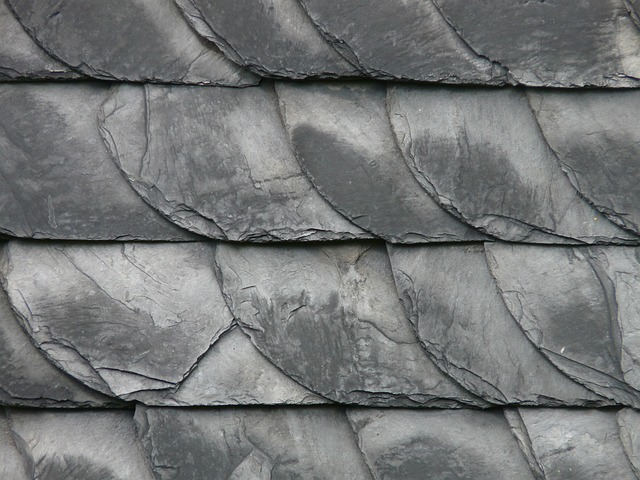
We're not really sure why slate and tile roofs started appearing in Idaho, but we have a good idea. We suspect that California builders came to Idaho and used the roofing materials they were used to using. Nothing wrong with Slate and Tile roofs when you're in California, but for Idaho, it's really doesn't make much sense. The national average cost of a Slate Tile roof repair is considerably higher than a standard asphalt repair. If you're hanging Christmas lights, or doing anything requiring you to walk on your roof, you risk the chance of breaking your tile or slate and that can be costly. That said, they look fantastic. These materials reign supreme in durability, offering lifetimes that can exceed 200 years, but we typically see homeowners frustrated with their roofing system and elect for an asphalt or metal roof.
The True Costs of Roof Repair and Replacement
The cost of roof repair can vary greatly, reflecting the variety of available roofing materials.. Factors that influence this cost include:
your roof’s size, pitch and dimensions
the selection of material for repair or replacement
the intricacies involved in the repair process
and how much weather conditions affect your home (high winds in Mountain Home vs lots of snow in McCall)
Figuring out the average costs of roof repairs or roof replacements isn't a one-number-fits-all situation. It's best to have a professional come to your home, take a look at your roof, and give you a price based on the materials, your situation, and your budget.
Minor Repairs: Patching Up Small Issues
Minor repairs play a crucial role in maintaining the integrity of your roof, preventing bigger problems before they escalate. Addressing issues like repairing missing shingles or patching a small leak is an affordable yet essential measure that maintains your roof’s defense against harsh weather. Remember that the roof is there to protect your home from the outside elements like water. Water = bad.
Investment in these smaller fixes may incur some cost, but it should be looked at as preventing the issue from becoming worse and more costly.
Major Repairs: Addressing Extensive Damage
When your roof suffers from severe weather damage or shows significant wear and tear due to aging, it's time for major repairs. These aren't your everyday quick fixes; they're big jobs that address serious damage and require a substantial investment. If you're facing issues like widespread leaks, sagging support beams, or a multitude of broken tiles, be prepared for the costs to reflect the scale of the work needed. While it might be tempting to cut corners to save money, doing so can lead to even higher expenses and potential risks to your home's structure in the future.
Full Replacement: Investing in a New Roof
There comes a time when a roof's minor damages become too extensive for simple repairs, leading to the necessity of a full roof replacement. This critical decision is usually driven by the natural aging process or relentless exposure to severe weather conditions. Sometimes it's structural concerns. The investment in a new roof is significant, yet it ensures the long-term protection of your home. The average cost for a complete roof overhaul varies widely depending on the quality of the materials you choose. It also fluctuates based on the size of your roof, the pitch (steepness), and the labor required to tear off your existing roof; the more layers the more it will cost. These factors are essential to the quoting/cost of your roof replacement.
Identifying Common Roof Problems
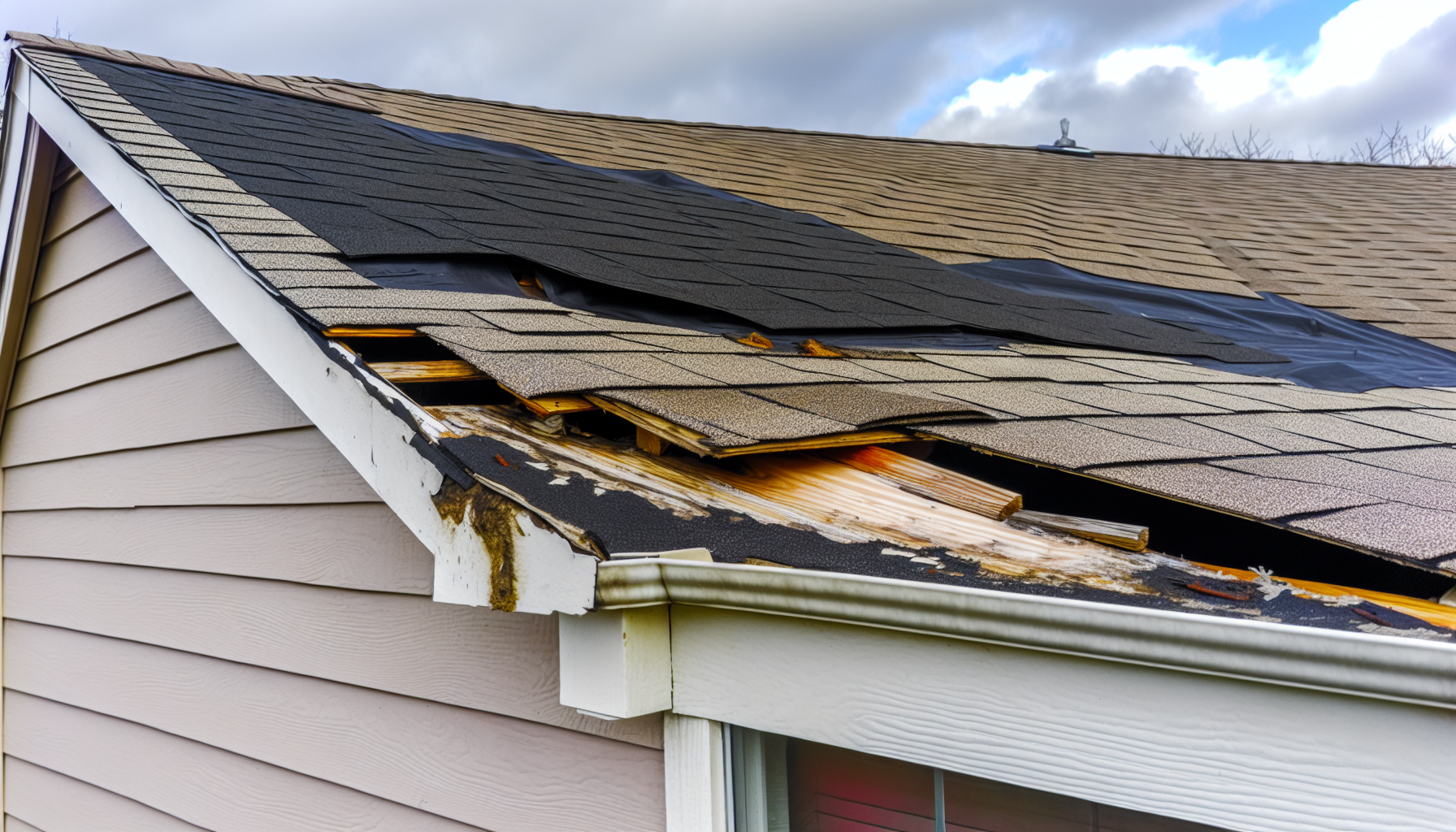
Nowhere does the adage “A stitch in time saves nine” hold more weight than in roofing maintenance. Minor issues like leaks, sagging, and especially missing shingles can quickly escalate from simple to significant problems if ignored. Staying alert and recognizing these signs early on can be the key difference between an easy repair and a steeply-priced overhaul.
It’s beneficial to remain vigilant for any indicators of deterioration on your roof, such as accumulation of wet leaves or asphalt granules in your gutters or downspouts. Regular inspection ensures that you’re able to address potential concerns before they worsen. We're happy to come out and look at your roof at no cost to you if you like. Inspections and Estimates are always free.
Missing or Damaged Shingles
Shingles serve as your roof’s primary shield, and if they are missing or damaged, it signals an urgent need for attention. Compromised shingles leave your home vulnerable to the weather, which can lead to leaks and additional harm.
Conducting a visual check of your roof after any storm is prudent. You can't always do this from the ground. Should you notice shingles missing or patchy granules, immediately call a professional roofer. Ignoring these warning signs might escalate into more severe issues like structural damage or— in a worst-case scenario—a complete roof replacement.
Signs of a Leaky Roof
A leaking roof can be secretive and destructive, often remaining undetected until significant harm is done. Water stains, the growth of mold, or a distinct musty smell are common indicators that betray these clandestine invaders in your home. The sight of peeling paint or swollen areas on your ceiling stands as evidence of a roof leak.
By examining your attic space, you might uncover leaks before they have had the chance to leave their imprint inside your dwelling. This preventive strategy allows you to nip potential problems with leaks in the bud before they escalate.
Structural Concerns: Sagging and Rot
If you observe your roof beginning to droop or signs of decay become apparent, take heed as these are ominous indicators of potential structural harm that could compromise the safety and stability of your house. Be on the lookout for an irregularity in the roof’s silhouette, a newfound softness beneath your feet, rotting shingles, a strong musty smell, or evident fungal growth.
Such problems require attention and typically necessitate skilled intervention for repair. Ignoring these warning signals might precipitate severe deterioration leading to complete system breakdowns, which is particularly true with flat roofs – making total replacement an unavoidable necessity.
Choosing the Best Professional Roofing Contractor
When the time comes to put your roof in the hands of a professional, choosing the right contractor is as critical as the roof materials itself. With no shortage of roofing companies, it’s paramount to sift through the chaff to find the wheat. A reputable contractor isn’t just a skilled tradesperson; they are a guardian of your home’s future.
Here are some key factors to consider when choosing a roofing contractor:
Credentials: Look for certifications and licenses that demonstrate the contractor’s expertise and professionalism.
Experience: Find out how long the contractor has been in business and ask for references from previous clients. Pro Tip, the lower the "RCE Number" the longer they have been in business and typically they better job they will do.
Warranties: Ensure that the contractor offers warranties on both materials and workmanship. Ask about our Platinum Warranty.
Insurance: Verify that the contractor has liability insurance and workers’ compensation coverage.
By considering these factors, you can make an informed decision and trust that your home is in good hands.
Let’s delve into the art of selecting a contractor who will stand the test of time and the elements.
Verifying Credentials and Experience
Establishing trust is crucial in any professional relationship, and when it comes to roofing work, building that trust begins with confirming the roofer’s credentials and level of expertise. Points to take into account when selecting a roofing contractor include:
Ensuring they possess a valid license, affirming their mastery in the field.
Make sure they have insurance coverage as this shields you from unforeseen incidents that may occur.
Soliciting references and demanding evidence of their proficiency.
Bear in mind that when you hire an Owens Corning Platinum Preferred contractor, you are not just hiring an ordinary roofer. Instead, you’re entrusting your project to someone who ranks within the top echelon – the uppermost 1% across North America. Opt for a roofing specialist recognized for exceptional craftsmanship – one who will remain available to fulfill warranty commitments over time.
Understanding Warranties and Insurance Coverage
A warranty signifies a commitment, ensuring that in the event of unforeseen circumstances, you have protection. Various warranties exist to cover different aspects.
Manufacturer’s warranties provide defense against flaws in materials
Extended and workmanship warranties address details related to installation quality. Pro Tip: if the company no longer exists, your warranty no longer exists. Find a company offering warranties through the manufacturer (Owens Corning in our case) so you don't have to rely on the contractor.
Insurance provides a safety net during freak accidents or disasters, serving as a financial buffer against potential losses. It doesn't happen often, but it's worth mentioning to hedge the risk.
Evaluating Quotes and Services Offered
Your contractor’s estimate should comprehensively outline every element of the project, covering:
All expected expenses and services involved in your roof
Potential extra costs or surcharges
The anticipated timeline for completing the work (Pro Tip: Roofing is at the mercy of Idaho Weather)
The types of materials that will be utilized
Any warranties or guarantees being provided
Any contractor being open and honest about this signifies their commitment to integrity and high-quality standards.
In selecting a contractor, it’s crucial to:
Evaluate different proposals while staying vigilant against enticing but deceptively low quotes that may result in inferior craftsmanship (cutting corners)
Prioritize hiring someone who maintains clear communication throughout.
Look for professionals who maintain meticulous oversight over their job sites.
Favor those willing to guarantee their work well beyond completion—indicative of true pride in their craft.
Preventative Measures and Regular Maintenance
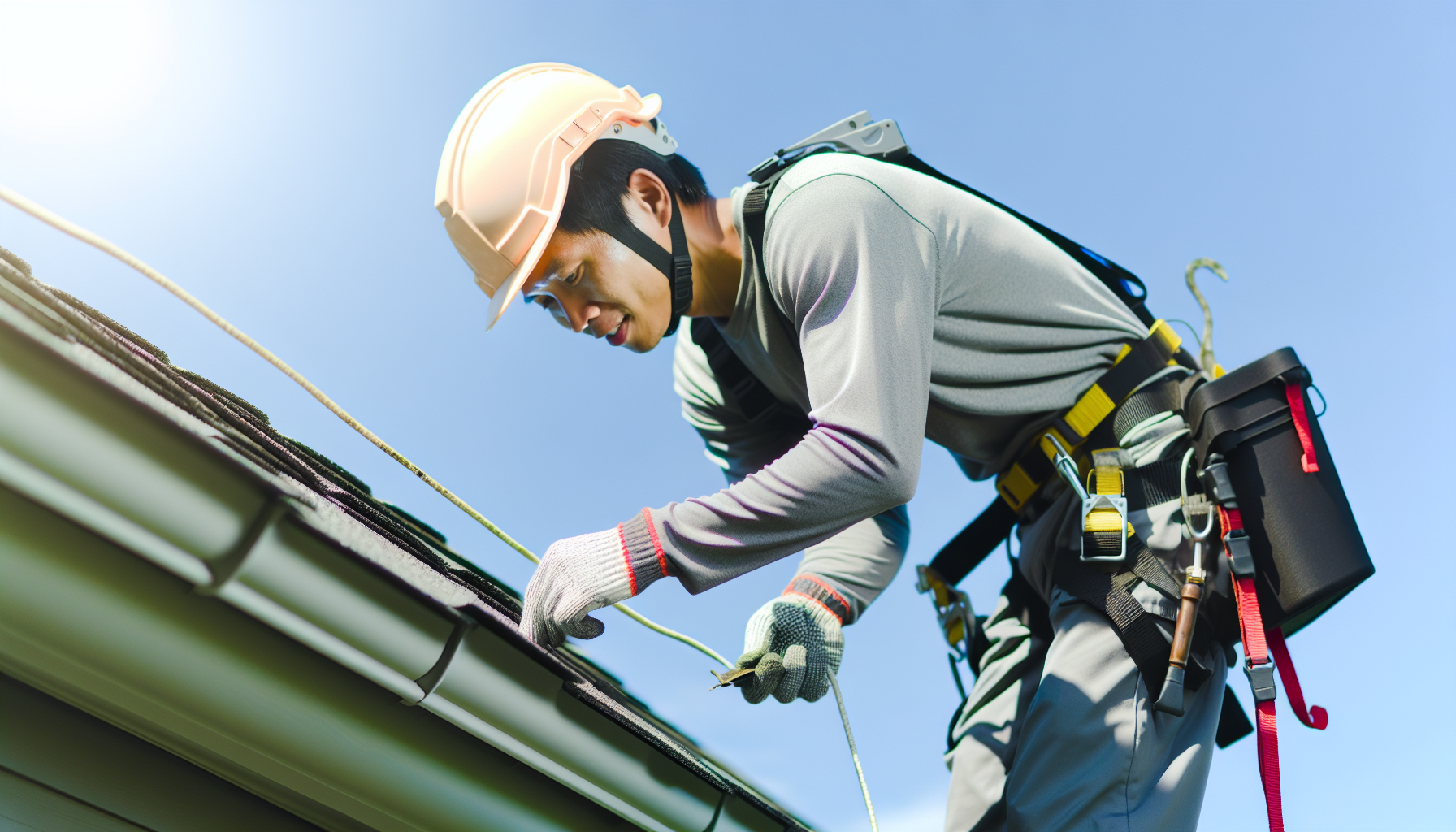
In the realm of roofing, the mantra “prevention is better than cure” rings unequivocally true. Engaging in routine upkeep can prolong your roof’s lifespan and help you dodge substantial repair work. Undertaking straightforward tasks such as ensuring gutters are not clogged and trimming any encroaching tree limbs are minor but critical actions to prevent more significant issues from arising.
A roof that receives consistent attention remains more resilient against natural elements and concurrently helps mitigate expensive out-of-pocket repairs down the line. We will delve into accessible yet potent measures that you can implement to maintain your roof’s prime condition.
Routine Inspections: Catching Issues Early
Routine roof inspections serve as the essential pulse of preventative maintenance, akin to regular health check-ups. Their primary goal is to identify minor concerns before they escalate into major issues. Undertaking a yearly inspection or conducting one following significant weather events can uncover hidden problems that aren’t apparent from ground level. From chimneys requiring resealing to shingles showing signs of stress and buckling, these thorough assessments are your key line of defense against the gradual toll taken by time and elemental forces.
Although there’s an associated cost for these routine evaluations, it’s negligible when contrasted with the potential outlay for extensive roof repairs down the line.
Cleaning and Maintenance Tips
Just like a garden that thrives with consistent care, your roof also needs persistent maintenance to be at its best. Here’s how you can keep it in top shape:
Ensure your gutters are debris-free to avoid water blockage and subsequent damage.
Avoid using power washers on shingles as they’re overly aggressive. Instead use milder cleaning solutions.
Watch out for the subtle threats of moss and algae which can diminish your roof’s lifespan, and proactively combat their presence.
Remember the impact of snow. Areas prone to heavy snowfall necessitate relieving the rooftop of excess weight to prevent any structural issues. Regular upkeep not only saves substantial costs over time, but also sustains both the appearance and functionality of your roof at optimal levels.
When to Schedule Professional Inspections
Scheduling is crucial, especially regarding expert roof examinations. Ideally, these assessments should occur in spring, summer or fall. Inspections in the spring and summer are aimed at detecting damages caused by winter’s harsh conditions, whereas those in the fall get your roof ready to withstand upcoming wintery weather. Conducting these semiannual evaluations with a roofing specialist can reveal problems that might be overlooked by someone without professional training, ensuring that minor leaks do not escalate into major water damage and small issues don’t develop into significant troubles. Consider them a strategic investment for your roof’s longevity, designed to stave off an extensive outlay on repairs down the line.
Cost-Saving Strategies for Roof Repairs
If you’re strategic about it, repairing your roof doesn’t have to deplete your funds. Astute homeowners understand that the right timing is key for cost efficiency. By arranging for roof repairs when demand is low, such as in off-peak seasons, roofing contractors may be quicker in getting to your repair when compared to busier seasons.
Tackling roof repairs on your own might seem like a way to save money, but consider the potential hazards and long-term costs carefully before doing so. There are numerous tactics one can employ to minimize expenses without compromising safety, this includes tapping into insurance coverage for storm damage or avoiding delays in addressing necessary maintenance.
Exploring these strategies could reveal how best you can maintain both financial stability and the integrity of your home’s roofing structure without unnecessary expenditure.
DIY vs. Professional Repairs: What's Worth It?
The appeal of saving money and the satisfaction derived from one’s craftsmanship make the do-it-yourself approach very attractive. Complex roofing tasks require a strong heart and experience as they may be dangerous. An error can lead to increased expenses and pose safety hazards. Should you feel confident in your abilities and bravery for minor repairs, then certainly have use come look to help you identify the issue to help you advise on the best way to go about it.
For intricate roofing problems, rely on experts. These professionals possess the necessary skills, tools, and insurance coverage to tackle any issue with your roof efficiently—opting for their services is not only smart financially but also ensures peace of mind regarding safety.
Summary
As we wrap up this guide on roofing repair, remember it's all about making informed choices. From picking the best materials to fixing small issues before they become big ones, and choosing a skilled contractor, every step matters. Keep your repairs timely and your decisions well-informed to ensure your roof stays in top shape without breaking the bank. Let this knowledge light your way to a reliable and cost-effective roofing solution.
Frequently Asked Questions
What are the 3 main types of roofs?
Select the roof type that aligns most closely with your requirements, from among the three primary styles: hip, gable, and flat roofs. Each possesses distinctive benefits unique to its design.
Which house roof is best?
Depending on your financial plan and what you value most, the ideal choice for a house roof can vary. Popular choices include metal roofing and asphalt shingles. For longevity, our pick is metal, but it's 2 or even 3 times the cost.
Putting money into a new roof has the potential to enhance your home’s market value.
What are the cheapest roofing options for a house?
Asphalt shingles are the most cost-effective choice for residential roofing. While alternatives such as wood, metal, slate, and solar glass shingles come with a higher initial price tag, their increased longevity could justify the expense over time.
How often should I have my roof inspected?
It is recommended that your roof undergoes an inspection at least once a year as well as following significant weather occurrences to identify any emerging problems promptly.
Ideally, arrange for these inspections during the spring and autumn seasons.
Subscribe to Idaho Roofing Contractors's Blog




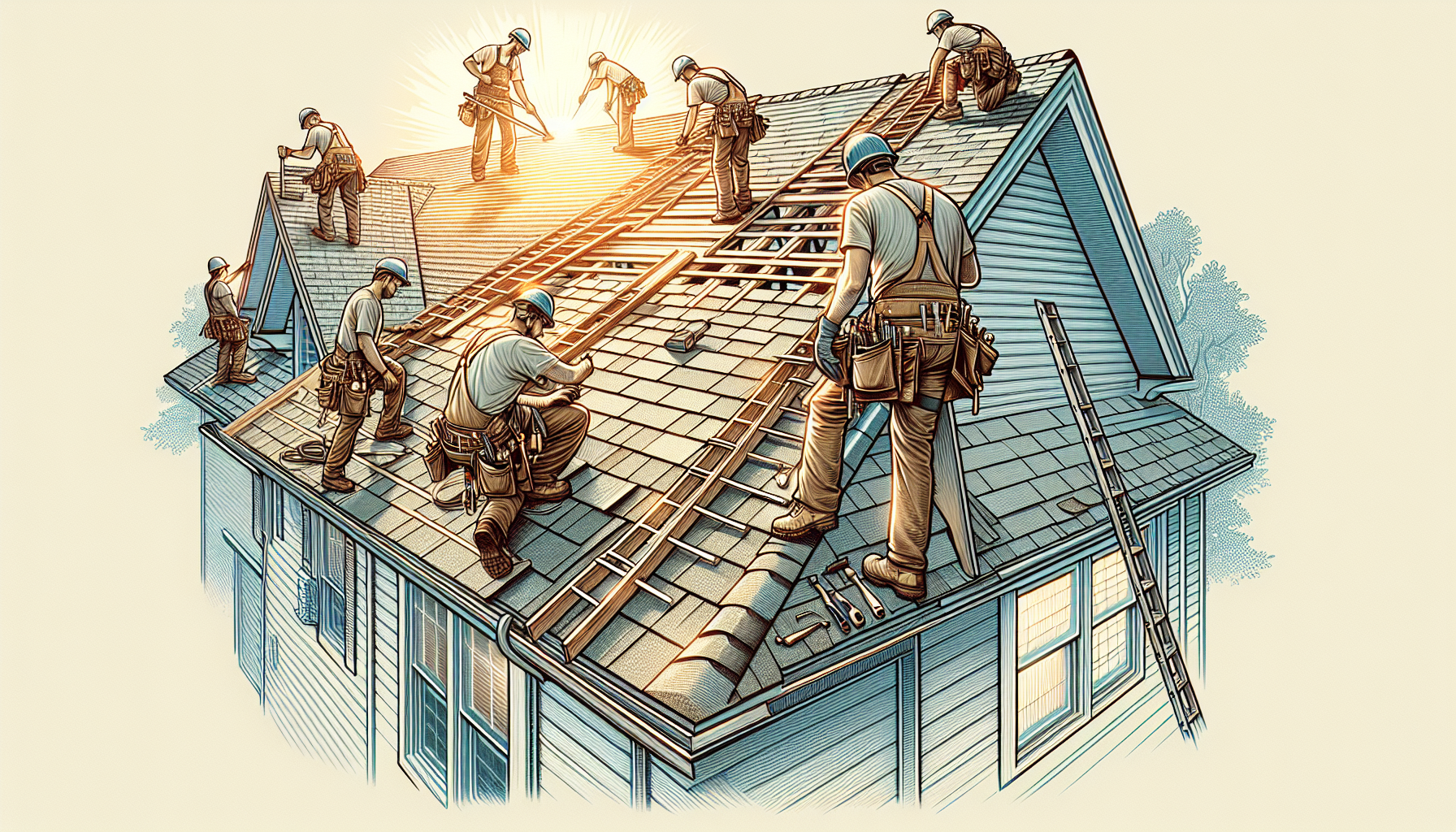


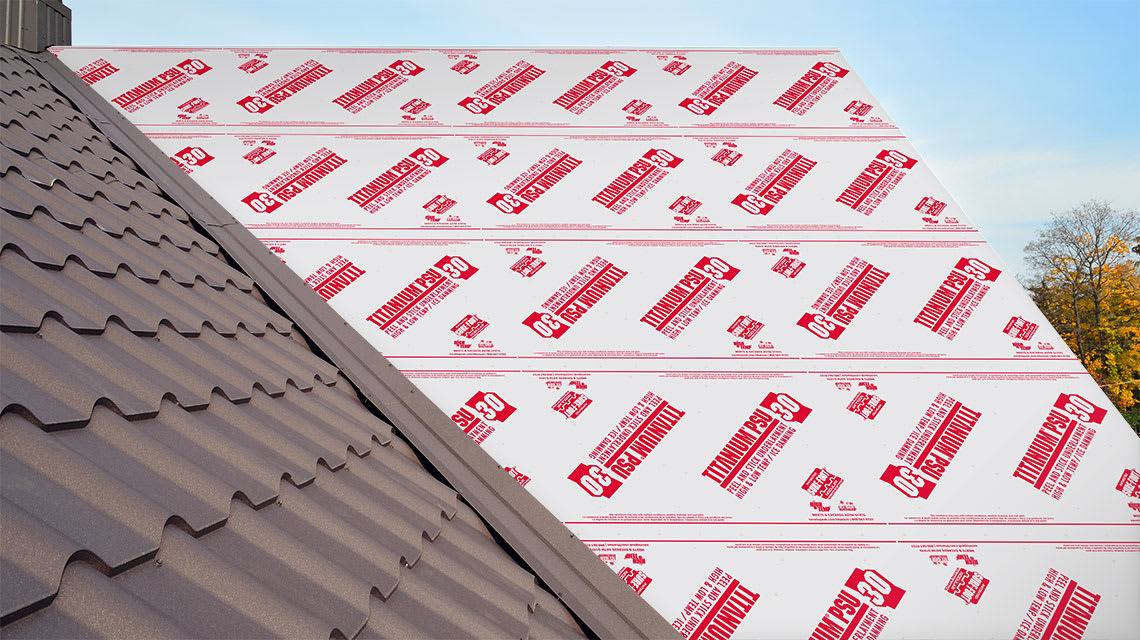
Comments